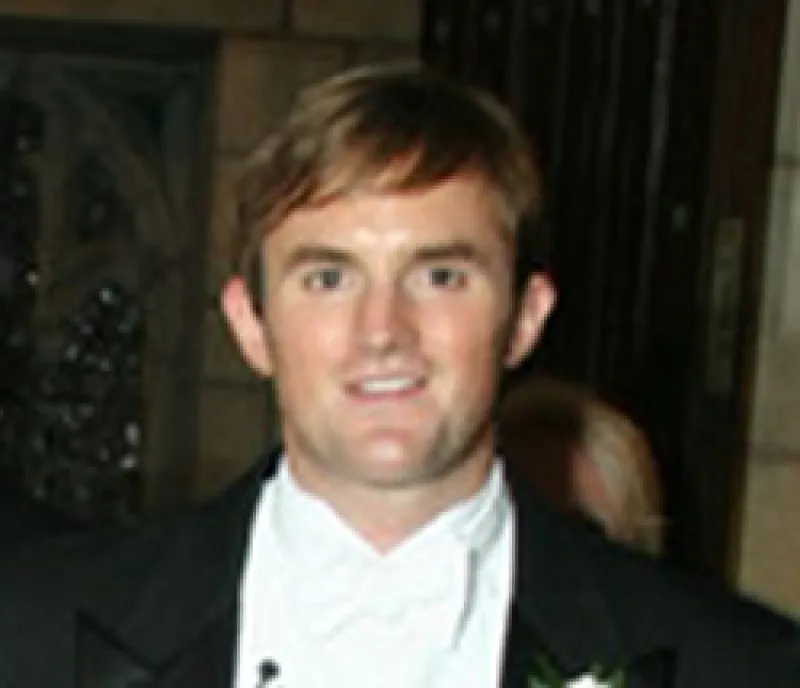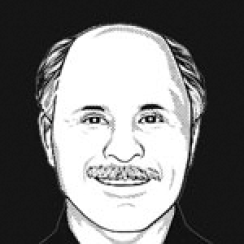
Tiger Global Leads Respectable Year for Other Cubs, Seeds
It's been a tough year for hedge funds in general, but one group - the so-called Tiger Cubs and seeds connected to Julian Robertson’s Tiger Management - have been holding their head above water.
Stephen Taub
October 11, 2011



